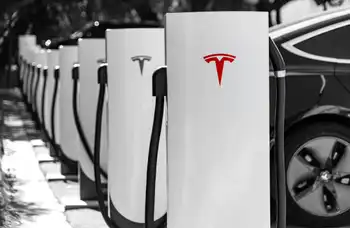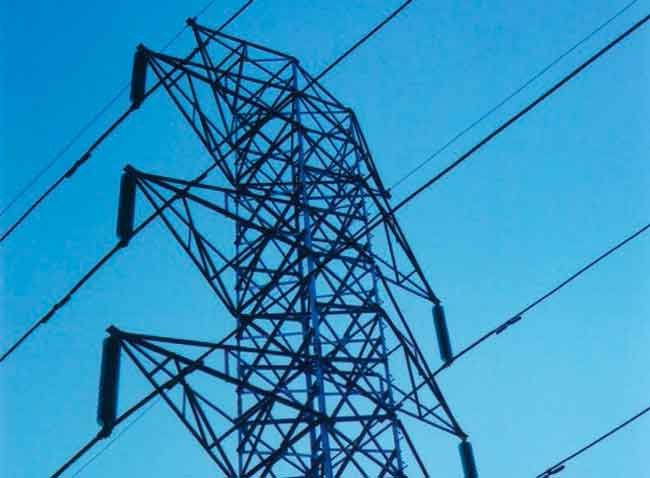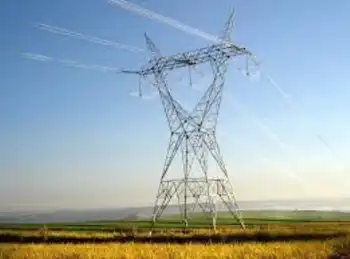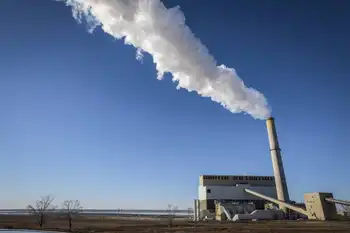Opposition questions price of OLG power plant
By Toronto Star
Protective Relay Training - Basic
Our customized live online or in‑person group training can be delivered to your staff at your location.

- Live Online
- 12 hours Instructor-led
- Group Training Available
The staggering figure attached to the Windsor Energy Centre, which emerged in the government's annual spending numbers, raises a lot of questions, said Tory critic Peter Shurman.
"First of all, why was this power plant built? Why does a lottery and gaming corporation own a power plant?" he said.
Shurman raised the plant's cost in the legislature and called on Finance Minister Dwight Duncan to explain why so much cash went to his "pet project."
Duncan wouldn't elaborate about the cost of the plant, which is owned by the OLG, citing a recent lawsuit over its ownership.
But any suggestion that the plant amounted to political pork-barreling in his Windsor riding are "wrong," he said outside the legislative chamber.
Buttcon Energy Inc., which operated the plant until recently, announced August 31 that it had filed a $355-million lawsuit against the OLG.
The lawsuit alleges breach of contract, "misfeasance (and) misrepresentation," among other claims which have not been proven in court. The OLG said it will fight those claims in court.
Duncan seemed displeased with the plant's large price tag, saying it was one of the reasons he cleaned house at the problem-plagued Ontario Lottery and Gaming Corp.
"That's an example of another issue that caused me great concern when I was given the file two months ago, and as a consequence, we've taken some steps," he said in an interview.
Duncan announced August 31 that the OLG board had been replaced and its CEO, Kelly McDougald, had been fired. That same day, the government released thousands of pages of what were deemed "unacceptable" expense claims filed by lottery executives.
McDougald has launched an $8.4-million wrongful dismissal suit against OLG, the Crown and Duncan, claiming breach of contract, moral and punitive damages, defamation and "loss of opportunity to enhance reputation." The Ontario government has said it will dispute the claim.
Duncan said there were two casino projects approved by the province's auditor general, which were designed to create jobs in the province.
"There are legitimate questions," he acknowledged.
"Why did we do it in the first instance? Second of all, why did OLG say it would be 40 and it came in at $80 million? And these are the kinds of issues that I've been tasked to deal with."
The power plant is just another fiasco for the governing Liberals, who've been dogged for months by spending scandals at other Ontario agencies, Shurman said.
The Tory critic said Duncan is hiding behind a lawsuit instead of giving straight answers about why the OLG spent taxpayers' dollars to build the plant.
"I have never seen anything so mealy-mouthed as Minister Dwight Duncan on this question," he added.
OLG spokesman Rui Brum said he couldn't comment on why the corporation had the plant built, as it may come up in litigation stemming from the Buttcon lawsuit.
The OLG-owned plant provides heating, cooling and backup power to the new hotel tower, convention areas and entertainment centre at Caesar's Windsor casino, which opened in July 2008, he said.
Buttcon Ltd. started construction on the plant for the OLG in 2007. Buttcon Energy Inc. operated it until recently, he said. Angus Consulting Management Ltd. is currently operating the plant in the short term.











